Equilibrium Through Timberity
2020
MSc dissertation work of Design + Make alumni Jeremy Hollister whose investigations focused on hybird timber/membrane assemblies.
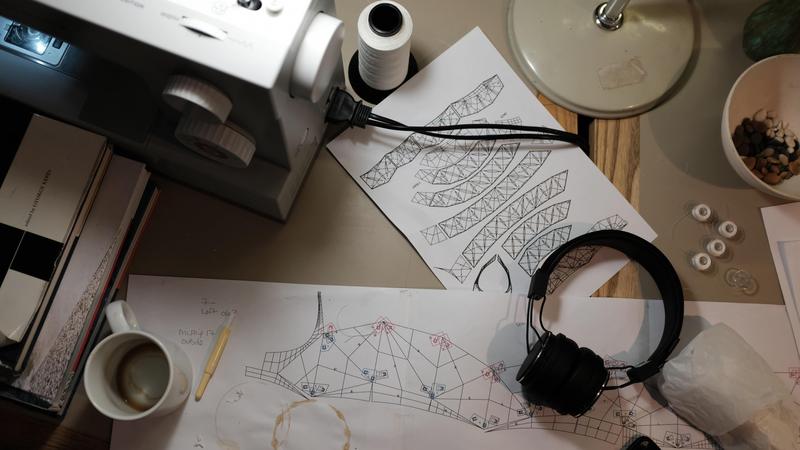
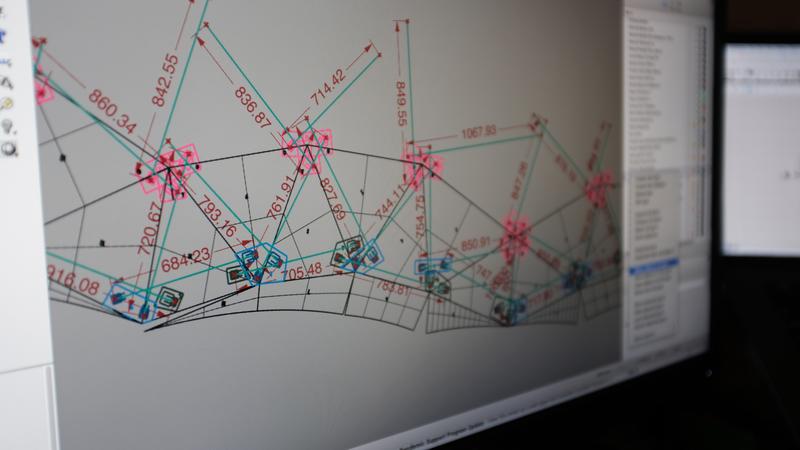
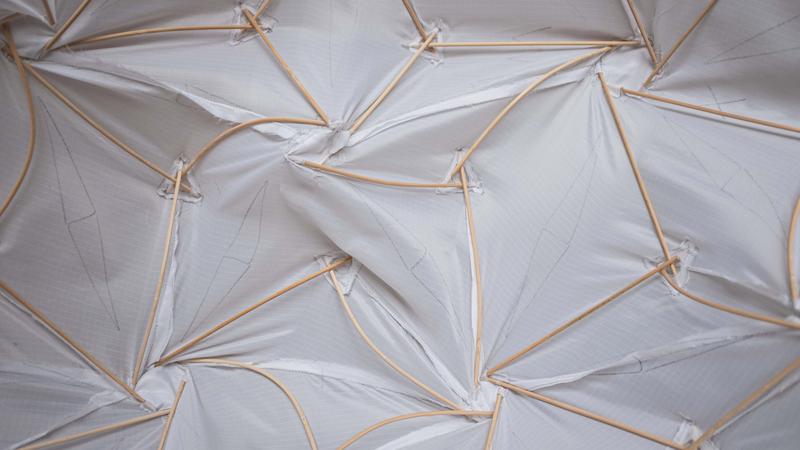
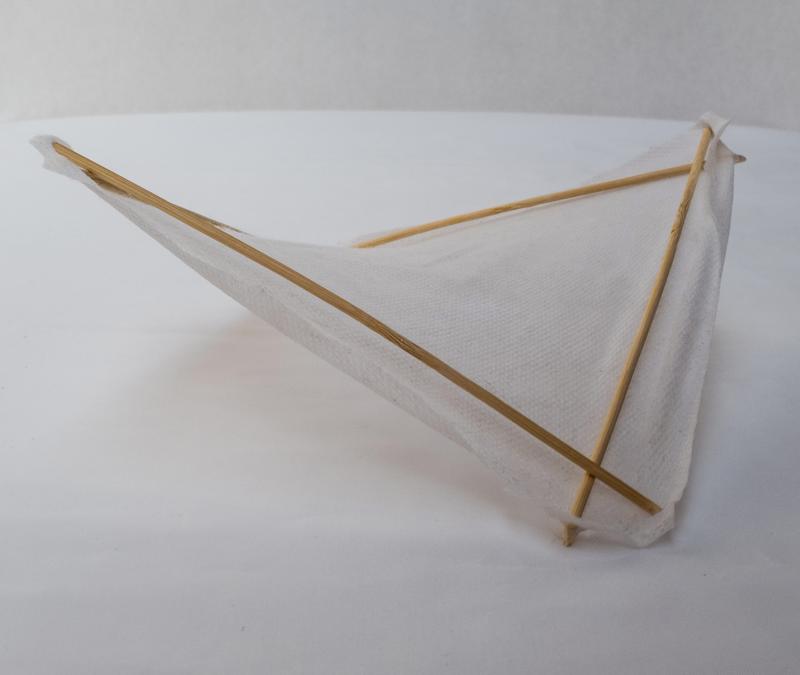
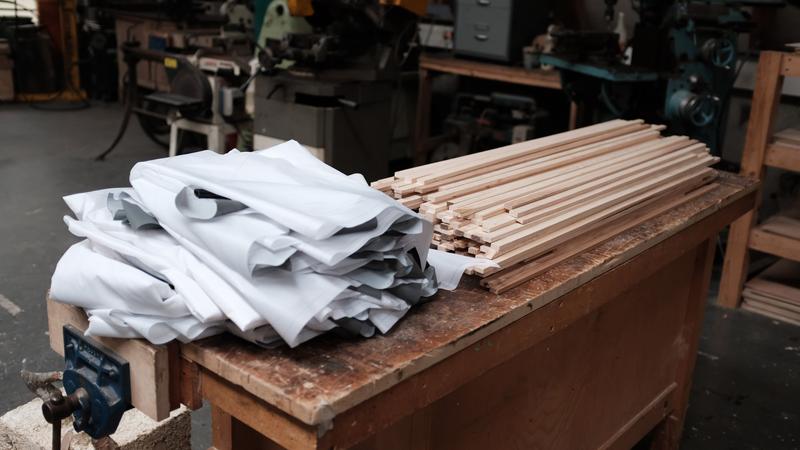
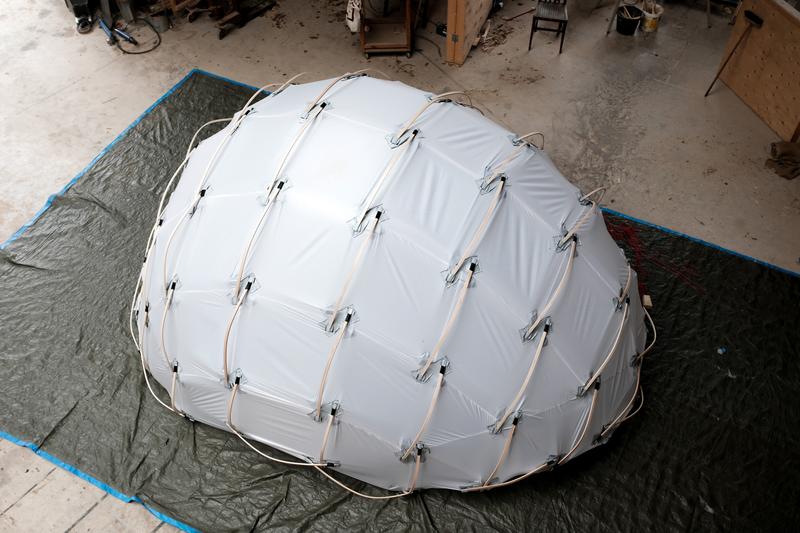
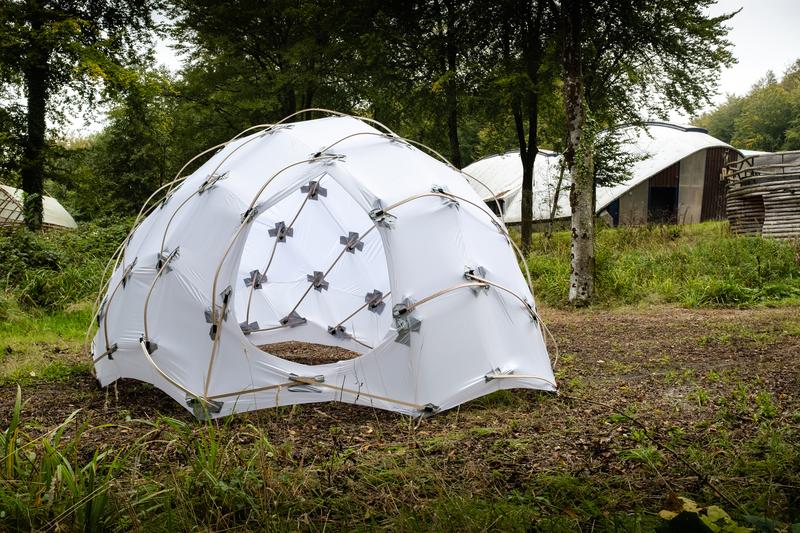
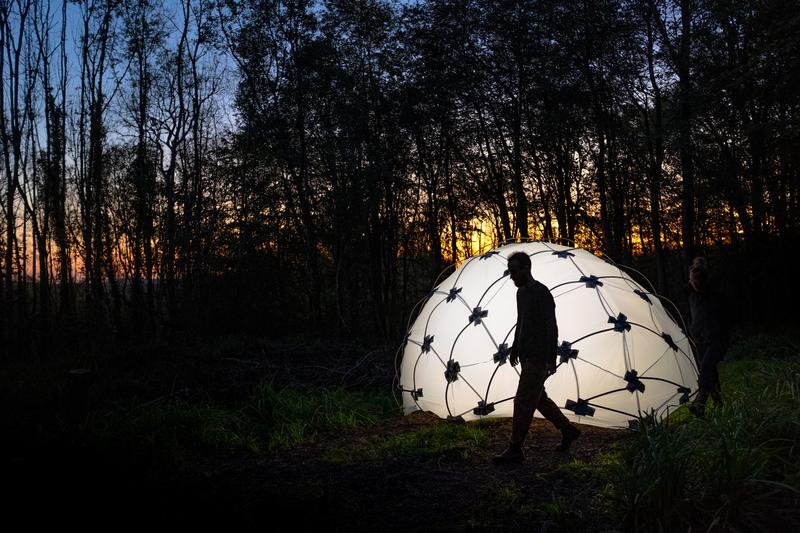
Text from Jeremy:
This MSc research project developed at Hooke Park presents a framework to advance a methodology of designing equilibrium structures using timber and textiles. It commenced with an ambition to advance a methodology of designing sheltering structures that bring us closer to nature, and so began by examining the architectural forms which celebrate ephemerality over permanence. This led to a deep dive into a series of architectural experiments and a field study of lightweight building approaches, from early nomadic tent vernaculars, innovators such as Frei Otto and Buckminster Fuller, contemporary researchers such as Julien Lienhard, Jan Knippers, Chris Gegnagnal.
Drawing on principles of established lightweight construction strategies such as tensegrity, active-bending, geodesic domes, and form-active hybrids, it presents an unique systematic approach to the construction of a minimal shelter. This research process is presented in three headings, each outlining integral aspects of the work. The first section, Field Research, is a synopsis of a deep-dive into the field of lightweight building approaches, from early nomadic tent vernacular, 20th-century innovators such as Frei Otto and Buckminster Fuller, and contemporary research into active-bending. The second section, The Prototype System, explains the principles of these equilibrium systems in relation to the project, outlines the criteria for the built prototype, and discusses the stages of the fabrication from digital through to the final assembly. The last section, Methods and Analysis, describes form-finding, geometric studies and material tests that led to the development of the system.
The process was one of trial and error (often frustrating), and in retrospect revealed the value of the Design+Make’s experimental framework. The development of the final prototype system was only possible through an iterative approach moving between physical and digital. Since no single existing tension dependent system provided a precisely applicable solution, the development of a specialized approach was required. The result is a new framework that brings together aspects of multiple systems to design and build a prototype that is a form- active timber and textile hybrid shell structure.
Students
Jeremy Hollister
Collaborators
Charlie Corrywright
Edward Coe
Jean-Nicolas Dackiw
Martin Self (Program Director)
Category
Student Work